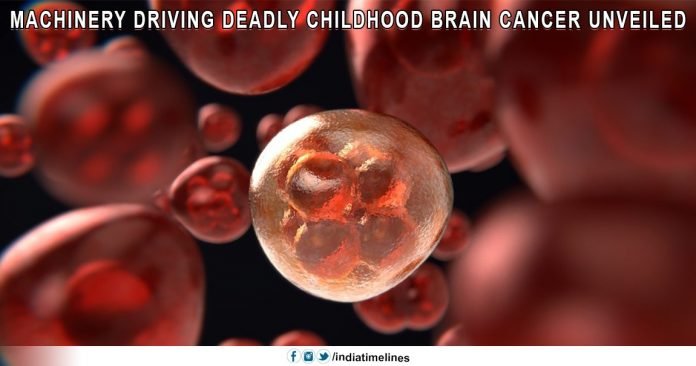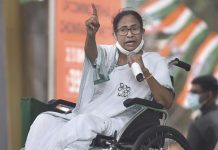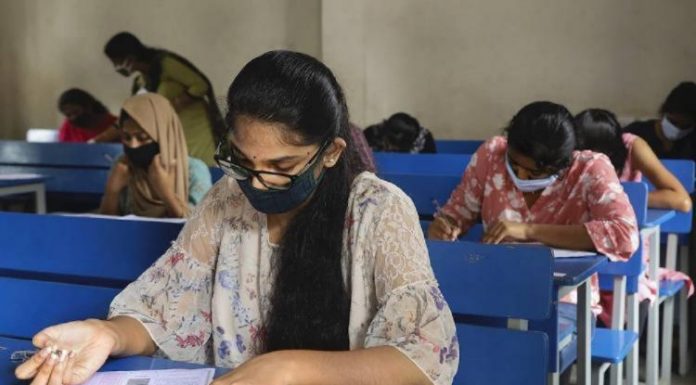
Machinery driving deadly childhood brain cancer unveiled: Scientists have mapped the effects of biological machinery which spreads to malignant brain cancer, which is called Diffuse intrinsic pontine glioma (DIPG).
Washington: Scientists have mapped the effects of biological machinery, which gives birth to fatal brain cancer known as Diffuse Intrinsic Pontine Glioma (DIPG). In America, a team of St. Jude Children’s Research Hospital created a genetically engineered mouse, which provides a more effective treatment for understanding brain cancer as well as developing the lab model.
Machinery driving deadly childhood brain cancer unveiled
DIPG is an incurable brainstorm tumor that strikes hundreds of children in the United States in a year, according to a study published in the journal Cancer Cell.
Current treatments for radiation and chemotherapy are largely ineffective, and children with less than 10 percent of tumors survive for more than two years.
Although many cancers originate from mutations that lead directly to uncommon cell exposure or survival, others such as DIPGs are generated from abnormalities in the “epigenetic” machinery of the cell for gene activation, or the management of the expression.
Researchers found that a major mutation called H3 K27M in epigenetic machinery is in most cases of DIPG. Machinery driving deadly childhood brain cancer unveiled.
“It was not quite clear how gene expression has been translated into a change in the regulation,” said Jinghui Zhang from St. Jude Child Research Hospital. “And it was not completely clear why this particular mutation in the disease was oncogenic,” Zhang said.
The H3 K27M mutation is generated in a gene which codes for a molecule called histone. Histone acts as a “smart packaging” for the gene – to compress the DNA to fit in the limited space of the cell’s nucleus and affecting whether the gene has been kept active or inactive.
“One of the biggest secrets is that why is this mutation seen in brainstem gliomas and other midline gliomas in children so selectively when H3 histone is important in DNA packaging in every cell in the body,” St. Jude Children’s Research Suzanne Baker said to the hospital.
In order to analyze the effects of mutations, researchers genetically created a strain of mice, so that scientists can switch to mutations in the same type of brain cell that lead to human cancer.
They engineered rats so that the mutant genes were expressed at the same level as the human DIPGs. Mouse study reveals important details about how the cause of mutation DIPG is formed. Mutation runs immature cells called neural stem cells to increase their stem cell activity during a specific time in the brain’s development.
It helps to tell why DIPGs are in children whose brains are still evolving, Baker said. SAR SAR





































oilia9
http://molpit.ru – ваши идеи, реализованные на высшем уровне.
Планируете незабываемую экзотическую почивку?.
Екзотични почивки ekzotichni-pochivki.com .